Home>Furniture & Design>Interior Design Trends>How To Get Soap Scum Off Glass
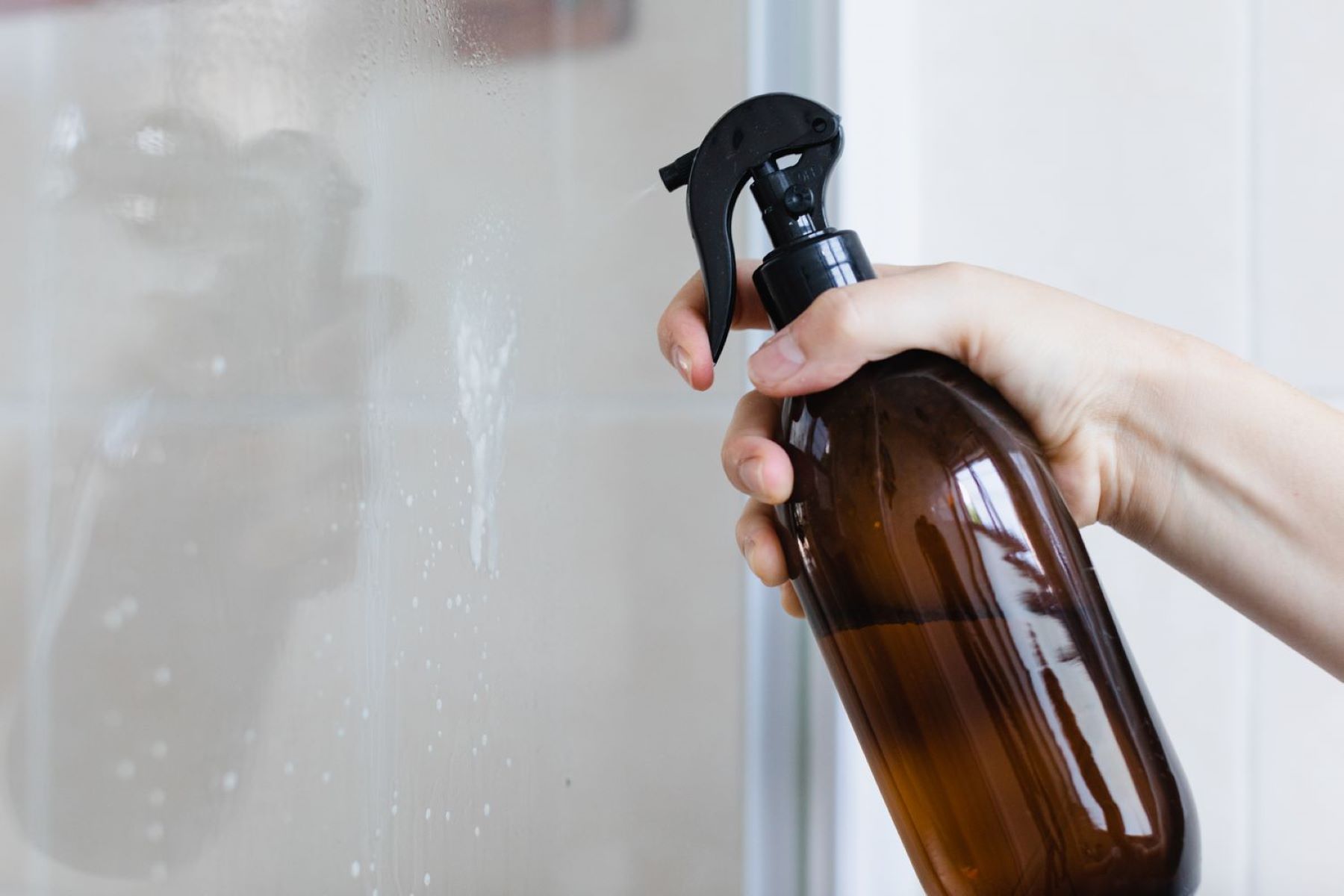

Interior Design Trends
How To Get Soap Scum Off Glass
Published: February 2, 2024
Learn effective ways to remove soap scum from glass surfaces with our interior design trends guide. Keep your home sparkling clean and beautiful.
(Many of the links in this article redirect to a specific reviewed product. Your purchase of these products through affiliate links helps to generate commission for Storables.com, at no extra cost. Learn more)
Introduction
Soap scum can be a stubborn and unsightly nuisance that plagues glass surfaces in bathrooms and kitchens. Over time, the accumulation of soap residue, minerals, and dirt can create a hazy film that diminishes the transparency and sparkle of glass. Whether it's on shower doors, mirrors, or windows, dealing with soap scum requires the right approach and tools to restore the pristine clarity of the glass.
In this comprehensive guide, we will delve into the effective methods for removing soap scum from glass surfaces. By following these steps, you can revitalize your glass fixtures and achieve a gleaming, spotless finish. From understanding the nature of soap scum to utilizing the appropriate cleaning solutions and techniques, this guide will equip you with the knowledge and skills needed to tackle this common household challenge.
With the right tools and a bit of elbow grease, you can bid farewell to the stubborn residues that mar the beauty of your glass surfaces. Whether you're preparing for a deep cleaning session or seeking quick tips for maintaining a sparkling bathroom, this guide will provide you with the insights and strategies to achieve remarkable results. So, let's roll up our sleeves and embark on a journey to banish soap scum and unveil the radiant allure of your glass fixtures.
Key Takeaways:
- Say goodbye to soap scum on glass surfaces by using white vinegar, dish soap, and baking soda. Follow the steps for a sparkling, spotless finish and maintain the allure of your glass fixtures.
- Prepare, apply, scrub, rinse, and dry to banish soap scum from glass. Incorporate preventive maintenance and lemon juice for exceptional results. Enjoy a pristine, visually appealing environment in your home.
Read more: How To Clean Soap Scum Off Glass
Understanding Soap Scum
Soap scum is the stubborn residue that forms on glass surfaces due to the interaction of soap, hard water minerals, and dirt. When soap is used in combination with water, it creates a lather that contains various components, including fatty acids and other organic materials. As this soapy solution comes into contact with the minerals present in hard water, such as calcium and magnesium, a chemical reaction occurs, resulting in the formation of soap scum.
The unsightly film of soap scum is not only visually unappealing but also challenging to remove. Its composition makes it adhere firmly to glass surfaces, requiring specific cleaning methods to effectively eliminate it. Additionally, soap scum can trap dirt and grime, further exacerbating its presence and making it even more difficult to eradicate.
Understanding the nature of soap scum is crucial for devising an effective cleaning strategy. By recognizing its composition and the factors contributing to its formation, you can select the appropriate cleaning solutions and techniques to combat it. Whether it's the accumulation on shower doors, mirrors, or windows, comprehending the characteristics of soap scum is the first step towards achieving a sparkling, scum-free glass surface.
By gaining insight into the science behind soap scum and its tenacious grip on glass, you can approach the cleaning process with confidence and precision. Armed with this understanding, you are better equipped to tackle the challenge of removing soap scum and restoring the pristine clarity of your glass fixtures.
Tools and Materials Needed
To effectively remove soap scum from glass surfaces, it's essential to gather the right tools and materials. Equipping yourself with the following items will ensure that you are well-prepared to tackle this cleaning task with efficiency and precision.
1. White Vinegar
White vinegar is a versatile and effective natural cleaner that can combat soap scum due to its acidic properties. It helps dissolve the mineral deposits and soap residue, making it easier to remove them from the glass surface.
2. Dish Soap
A mild dish soap serves as an excellent degreaser and can aid in breaking down the oily components of soap scum. Look for a gentle, non-abrasive dish soap to avoid damaging the glass.
Read more: How To Get Soap Scum Off A Shower Curtain
3. Baking Soda
Baking soda is a gentle abrasive that can assist in scrubbing away stubborn soap scum without scratching the glass. Its mild abrasive nature makes it an ideal component of DIY cleaning solutions.
4. Microfiber Cloth or Sponge
A soft microfiber cloth or sponge is essential for applying cleaning solutions and gently scrubbing the glass surface. These tools are non-abrasive and help prevent scratches while effectively removing soap scum.
5. Spray Bottle
A spray bottle is convenient for dispensing the cleaning solution onto the glass surface evenly. It allows for targeted application and ensures thorough coverage of the affected areas.
6. Squeegee
A high-quality squeegee is indispensable for achieving streak-free and spotless glass surfaces. It facilitates the removal of cleaning solutions and water, leaving the glass sparkling and free of residue.
Read more: How To Get Rid Of Soap Scum On Glass
7. Rubber Gloves
Rubber gloves protect your hands from the cleaning solutions and provide a better grip while scrubbing the glass. They also shield your skin from potential irritation caused by the cleaning agents.
8. Distilled Water
Using distilled water for rinsing the glass surface can help prevent the formation of water spots and mineral deposits, ensuring a pristine finish.
By assembling these essential tools and materials, you can embark on the soap scum removal process with confidence and effectiveness. Each item plays a crucial role in the cleaning regimen, contributing to the restoration of the glass's natural brilliance and transparency. With these tools at your disposal, you are ready to proceed to the next steps of the cleaning process and bid farewell to the stubborn soap scum that plagues your glass surfaces.
Step 1: Preparing the Glass Surface
Before diving into the process of removing soap scum from glass, it's crucial to prepare the surface to optimize the effectiveness of the cleaning regimen. Proper preparation sets the stage for a thorough and successful cleaning session, ensuring that the glass is primed for the removal of stubborn residues. Here's how to prepare the glass surface for the soap scum eradication process:
Clearing the Area
Begin by clearing the surrounding area to create a conducive environment for cleaning. Remove any items, such as shampoo bottles, soap dishes, or decorative elements, from the vicinity of the glass surface. Clearing the area not only provides unobstructed access to the glass but also prevents any accidental damage to the items during the cleaning process.
Read more: How To Prevent Soap Scum On Shower Glass
Ventilation
Proper ventilation is essential when dealing with cleaning solutions and their fumes. Open windows and turn on exhaust fans to ensure adequate airflow in the space. This helps dissipate any strong odors from the cleaning agents and promotes a healthier indoor environment during the cleaning process.
Protective Measures
Prior to applying any cleaning solutions, consider protecting adjacent surfaces and fixtures that are not intended for cleaning. Use masking tape or protective coverings to shield metal frames, hardware, or other non-glass components from accidental contact with the cleaning solutions. This precautionary measure helps prevent potential damage to surrounding materials while focusing the cleaning efforts on the glass surface.
Pre-Cleaning Inspection
Conduct a pre-cleaning inspection of the glass surface to identify any specific areas heavily affected by soap scum or mineral deposits. This visual assessment allows you to prioritize the areas that require extra attention during the cleaning process. By identifying the extent of the soap scum buildup, you can tailor your cleaning approach to address the most affected areas effectively.
Dusting and Wiping
Before applying any cleaning solutions, dust the glass surface using a soft, dry cloth to remove any loose particles and debris. This preliminary step prevents the accumulation of dirt and grime from interfering with the cleaning process. Wiping the glass with a dry cloth also helps in assessing the extent of the soap scum buildup and aids in determining the areas that require focused cleaning efforts.
By meticulously preparing the glass surface through these essential steps, you establish the ideal conditions for tackling soap scum effectively. This preparatory phase sets the foundation for the subsequent cleaning steps, ensuring that the glass is ready to undergo the transformative process of soap scum removal. With the glass surface primed and the surrounding area prepped, you are now poised to proceed to the next phase of the cleaning process, armed with the confidence and readiness to combat soap scum and restore the glass to its pristine state.
Read more: How To Clean Shower Glass Soap Scum
Step 2: Applying the Cleaning Solution
Once the glass surface is prepared, the next crucial step in the soap scum removal process is the application of an effective cleaning solution. The choice of cleaning solution plays a pivotal role in breaking down the stubborn residues and restoring the glass to its pristine clarity. Here's a detailed guide on how to apply the cleaning solution to combat soap scum effectively:
Selecting the Cleaning Solution
Choose a suitable cleaning solution based on the severity of the soap scum buildup and the type of glass surface being treated. For a natural and eco-friendly option, white vinegar serves as an excellent choice due to its acidic properties, which help dissolve mineral deposits and soap residue. To create a DIY cleaning solution, mix equal parts of white vinegar and water in a spray bottle. Alternatively, a mild dish soap diluted in water can serve as an effective cleaning solution, particularly for less severe cases of soap scum.
Even Application
Spray the cleaning solution generously onto the affected glass surface, ensuring even coverage of the soap scum-laden areas. The application of the cleaning solution should be thorough, targeting all visible traces of soap scum to facilitate the subsequent removal process. The solution should be allowed to sit on the glass for a few minutes to penetrate and loosen the stubborn residues effectively.
Targeted Treatment
For areas with particularly stubborn soap scum buildup, consider applying the cleaning solution more liberally and allowing it to dwell for an extended duration. Stubborn deposits may require additional time for the cleaning solution to break down the accumulated residues effectively. By providing targeted treatment to the most affected areas, you can ensure comprehensive and thorough removal of soap scum from the glass surface.
Read more: How To Remove Soap Scum From Glass
Avoiding Abrasive Tools
During the application of the cleaning solution, refrain from using abrasive tools or harsh scrubbers that may scratch or damage the glass. Instead, rely on soft microfiber cloths or non-abrasive sponges to apply the cleaning solution gently. This approach helps prevent inadvertent damage to the glass while effectively treating the soap scum with the chosen cleaning solution.
By following these detailed steps for applying the cleaning solution, you set the stage for the subsequent phase of the soap scum removal process. The thorough and even application of the cleaning solution is essential for priming the glass surface and initiating the breakdown of the stubborn residues. With the cleaning solution effectively deployed, you are now ready to proceed to the next steps of the cleaning process, poised to tackle the soap scum with precision and efficacy.
Step 3: Scrubbing the Glass
After the cleaning solution has been allowed to dwell and work its magic on the soap scum, the next critical step involves gently scrubbing the glass surface to dislodge and remove the stubborn residues. This phase of the soap scum removal process requires a delicate yet thorough approach to ensure effective elimination of the accumulated deposits without causing damage to the glass. Here's a detailed guide on how to proceed with the scrubbing process to achieve optimal results:
-
Selecting the Appropriate Tool: Choose a soft microfiber cloth or a non-abrasive sponge to scrub the glass surface. These gentle tools are effective in dislodging soap scum without scratching or damaging the glass. Avoid using abrasive materials or harsh scrubbers that may compromise the integrity of the glass.
-
Circular Motion: Begin scrubbing the glass surface in circular motions, focusing on the areas where soap scum is most prevalent. Applying gentle pressure, work systematically across the affected areas, ensuring comprehensive coverage and thorough scrubbing. The circular motion helps dislodge the residues while preventing streaking or uneven cleaning patterns.
-
Targeted Attention: Pay special attention to areas with stubborn soap scum buildup, such as the lower sections of shower doors or the corners of mirrors. These areas often harbor more significant accumulations of soap residue and mineral deposits, requiring focused and persistent scrubbing to achieve optimal results.
-
Rinse and Reapply: Periodically rinse the microfiber cloth or sponge to remove dislodged soap scum and cleaning solution residue. Reapply the cleaning solution as needed to maintain a moistened surface, facilitating the ongoing scrubbing process. This iterative approach ensures that the glass surface remains receptive to the cleaning efforts, promoting thorough removal of soap scum.
-
Patience and Persistence: Approach the scrubbing process with patience and persistence, particularly when dealing with stubborn soap scum. While gentle scrubbing is essential to avoid damaging the glass, consistent and thorough efforts are necessary to achieve a sparkling, scum-free finish.
-
Inspecting the Results: Periodically pause to inspect the progress of the scrubbing process, assessing the diminishing presence of soap scum and the improving clarity of the glass. This visual inspection allows you to identify areas that may require additional attention and ensures that the scrubbing efforts are yielding the desired outcomes.
By following these detailed steps for scrubbing the glass, you can effectively dislodge and remove the stubborn soap scum, paving the way for a transformative cleaning outcome. The meticulous and methodical approach to scrubbing ensures that the glass surface is thoroughly treated, resulting in a gleaming and scum-free finish. With the scrubbing process executed with precision and care, you are now ready to proceed to the final steps of the cleaning process, poised to achieve remarkable results and unveil the radiant allure of your glass fixtures.
Step 4: Rinsing and Drying
After the thorough scrubbing to dislodge and remove the stubborn soap scum, the glass surface must undergo a meticulous rinsing and drying process to achieve a pristine and streak-free finish. This critical step ensures the complete removal of cleaning solution residue and dislodged soap scum, culminating in a sparkling and transparent glass surface. Here's a detailed guide on how to proceed with the rinsing and drying process to achieve optimal results:
Gentle Rinsing
Using a handheld showerhead or a clean, dampened microfiber cloth, gently rinse the glass surface with distilled water. The use of distilled water helps prevent the formation of water spots and mineral deposits, ensuring a spotless finish. Thoroughly rinse the glass, paying particular attention to areas where the cleaning solution and dislodged soap scum may have accumulated.
Read more: How To Clean Soap Scum Off A Shower Tile
Squeegee Technique
Employ a high-quality squeegee to remove the rinsed water from the glass surface systematically. Starting from the top, pull the squeegee down in a smooth, overlapping motion, ensuring complete coverage of the glass. The squeegee effectively removes water and residual cleaning solution, leaving the glass streak-free and immaculately clean.
Drying with a Microfiber Cloth
After squeegeeing, use a dry microfiber cloth to gently dry any remaining moisture from the glass surface. Employing a soft and absorbent microfiber cloth helps eliminate any lingering water droplets and ensures a flawless, crystal-clear finish. Pay attention to corners and edges, where water may tend to accumulate, to achieve uniform drying.
Inspecting the Results
Conduct a visual inspection of the glass surface to assess the effectiveness of the rinsing and drying process. Look for any remaining streaks, water spots, or residual soap scum that may require further attention. Address any lingering imperfections promptly to ensure a pristine and spotless outcome.
Polishing for Brilliance
For an added touch of brilliance, consider using a clean, dry microfiber cloth to polish the glass surface gently. This final step enhances the transparency and luster of the glass, elevating its visual appeal and ensuring a truly immaculate finish.
By meticulously executing the rinsing and drying process, you can achieve a flawless and gleaming glass surface, free of soap scum and residue. The combination of gentle rinsing, squeegeeing, and thorough drying culminates in a transformative cleaning outcome, unveiling the radiant allure of your glass fixtures. With the glass now immaculately clean and scum-free, you have successfully completed the comprehensive process of soap scum removal, achieving remarkable results and restoring the glass to its pristine state.
Read more: How To Get Hairspray Off Glass
Additional Tips and Tricks
In addition to the comprehensive steps outlined for removing soap scum from glass surfaces, incorporating additional tips and tricks can further enhance the efficacy and overall outcome of the cleaning process. These supplemental insights and strategies provide valuable guidance for achieving exceptional results and maintaining the pristine condition of glass fixtures. Here are some additional tips and tricks to elevate your soap scum removal endeavors:
-
Preventive Maintenance: Implementing regular preventive maintenance can mitigate the accumulation of soap scum on glass surfaces. Consider using a daily shower spray or glass cleaner to inhibit the buildup of residues, thereby reducing the frequency and intensity of deep cleaning sessions.
-
Lemon Juice Enhancement: Harness the natural cleaning power of lemon juice by incorporating it into your DIY cleaning solution. The citric acid in lemon juice serves as an effective agent for dissolving soap scum and mineral deposits, enhancing the cleaning potency of the solution.
-
Steam Treatment: Capitalize on the efficacy of steam for loosening and softening stubborn soap scum. Utilize a handheld steam cleaner or create a steamy environment in the bathroom to facilitate the breakdown of residues before commencing the cleaning process.
-
Vinegar Soak for Hardware: When dealing with glass shower doors with metal hardware, consider soaking the hardware in a solution of white vinegar and water to dissolve mineral deposits and soap scum. This proactive measure ensures comprehensive cleaning and maintenance of all components.
-
Silicone Sealant Maintenance: Inspect and maintain the silicone sealant around glass fixtures to prevent the accumulation of soap scum and mold. Regularly clean and reapply silicone sealant as needed to uphold the integrity and cleanliness of the glass enclosure or frame.
-
Microfiber Magic: Embrace the exceptional cleaning prowess of microfiber cloths for maintaining glass surfaces. These ultra-soft and absorbent cloths excel in capturing and lifting dirt, grime, and residual cleaning solutions, contributing to streak-free and immaculate glass.
-
Consistent Drying: After each use, ensure thorough drying of glass surfaces to prevent the formation of water spots and soap scum. Employing a squeegee or microfiber cloth for swift drying minimizes the opportunity for residues to accumulate, preserving the pristine clarity of the glass.
-
Professional Maintenance: Consider periodic professional maintenance and deep cleaning of glass fixtures to address hard-to-reach areas and ensure comprehensive removal of accumulated residues. Professional cleaning services can rejuvenate glass surfaces and prolong their pristine condition.
By integrating these additional tips and tricks into your cleaning regimen, you can elevate the effectiveness and longevity of your soap scum removal efforts. These insights empower you to maintain sparkling and scum-free glass surfaces, fostering a hygienic and visually appealing environment in your bathroom or kitchen. With these supplemental strategies at your disposal, you are equipped to achieve exceptional cleaning outcomes and preserve the radiant allure of your glass fixtures.
Conclusion
In conclusion, the process of removing soap scum from glass surfaces is a transformative endeavor that demands attention to detail, the right tools, and a methodical approach. By understanding the nature of soap scum and its tenacious grip on glass, individuals can effectively combat this common household challenge and restore the pristine clarity of their glass fixtures.
The journey to banish soap scum begins with meticulous preparation, including clearing the area, ensuring proper ventilation, and protecting adjacent surfaces. This sets the stage for the application of an effective cleaning solution, such as white vinegar or a mild dish soap, which serves as the catalyst for breaking down the stubborn residues.
The subsequent steps of gentle scrubbing, thorough rinsing, and meticulous drying culminate in a sparkling and spotless glass surface, free of soap scum and residue. The use of essential tools, such as microfiber cloths, squeegees, and distilled water, ensures a streak-free and immaculate finish, elevating the visual appeal of the glass fixtures.
Furthermore, incorporating additional tips and tricks, such as preventive maintenance, lemon juice enhancement, and steam treatment, enhances the efficacy and longevity of the cleaning process. These supplemental strategies empower individuals to maintain sparkling and scum-free glass surfaces, fostering a hygienic and visually appealing environment in their bathrooms or kitchens.
By embracing the insights and techniques outlined in this comprehensive guide, individuals can embark on a journey to achieve remarkable results and preserve the radiant allure of their glass fixtures. Whether it's the revitalization of shower doors, mirrors, or windows, the process of removing soap scum from glass surfaces empowers individuals to reclaim the pristine clarity and transparency of their glass fixtures, elevating the overall aesthetic and cleanliness of their living spaces.
With the knowledge and skills acquired from this guide, individuals are equipped to tackle the challenge of soap scum removal with confidence and precision, ensuring that their glass surfaces radiate with brilliance and remain free of stubborn residues. By embracing the transformative process of soap scum removal, individuals can revel in the beauty and clarity of their glass fixtures, creating a welcoming and visually captivating environment within their homes.
Frequently Asked Questions about How To Get Soap Scum Off Glass
Was this page helpful?
At Storables.com, we guarantee accurate and reliable information. Our content, validated by Expert Board Contributors, is crafted following stringent Editorial Policies. We're committed to providing you with well-researched, expert-backed insights for all your informational needs.
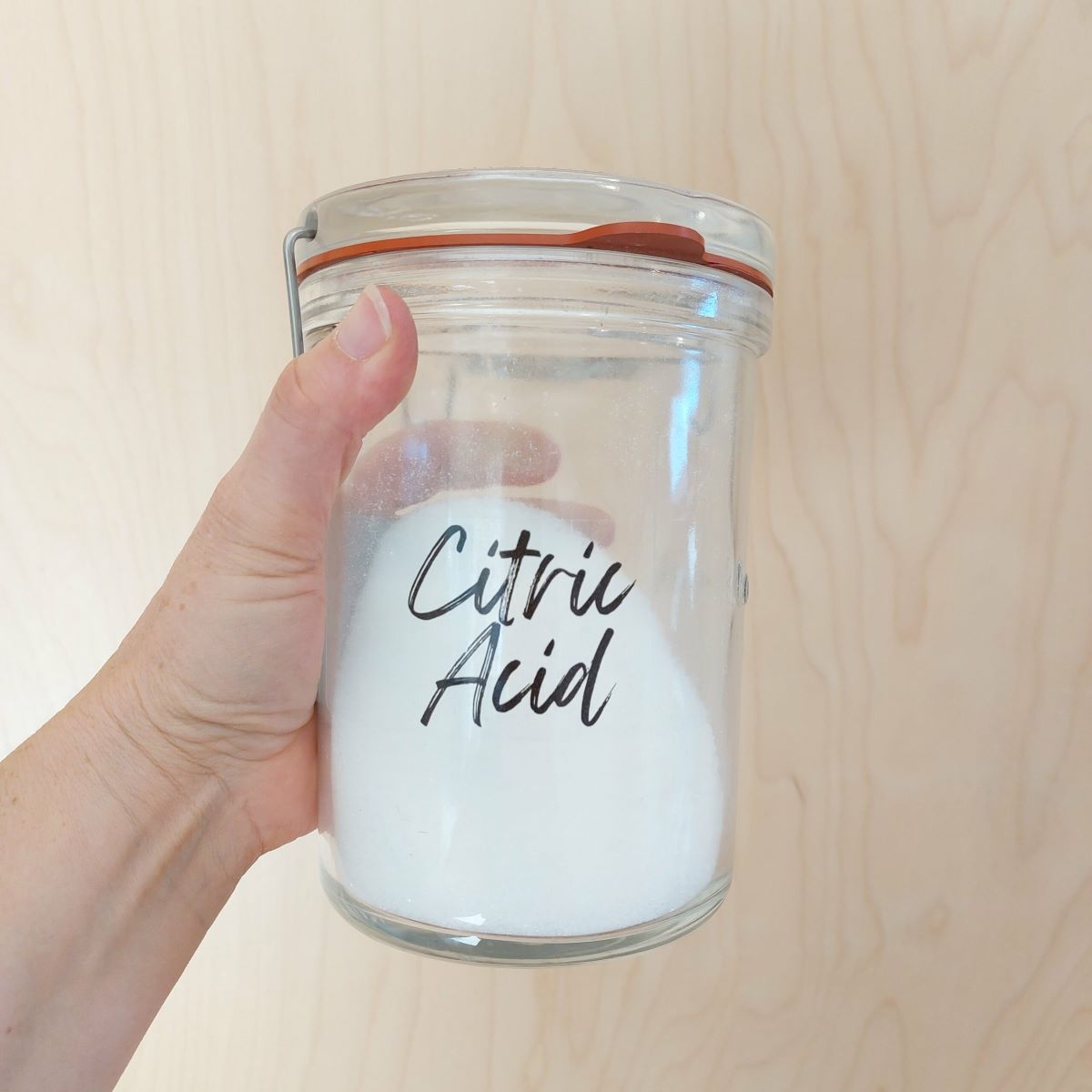
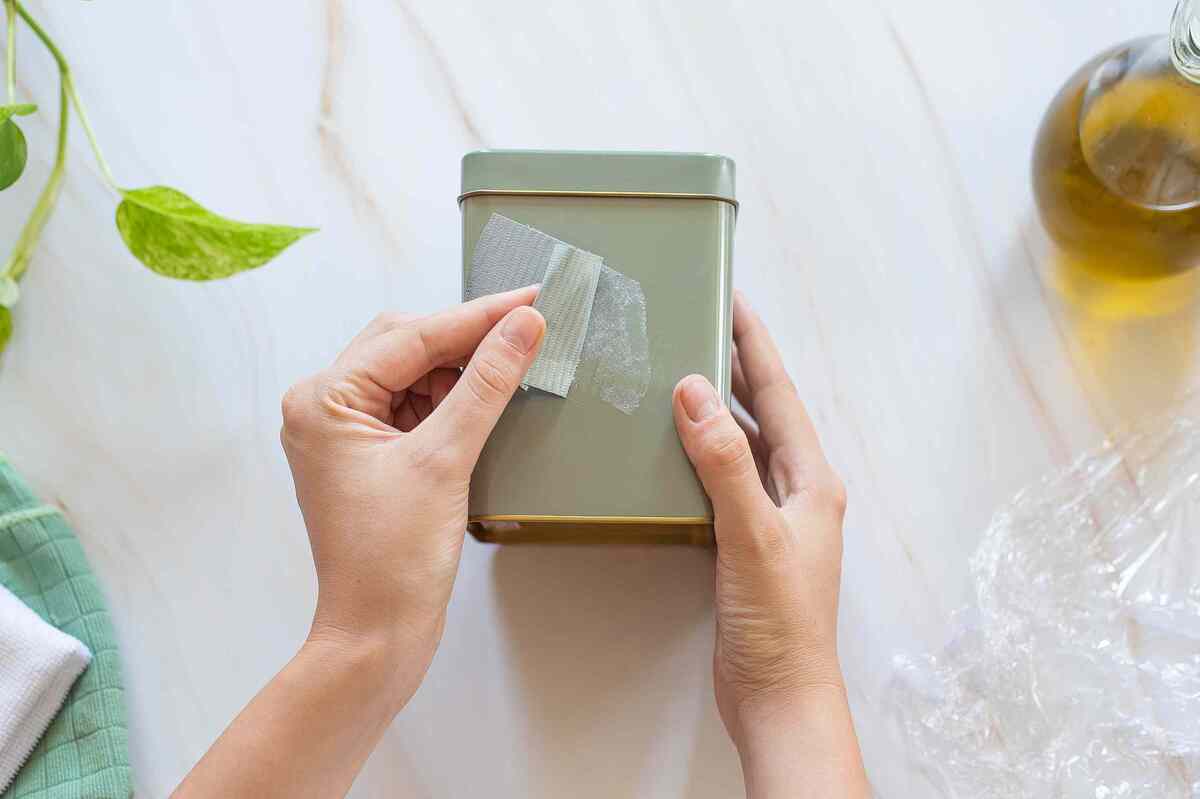
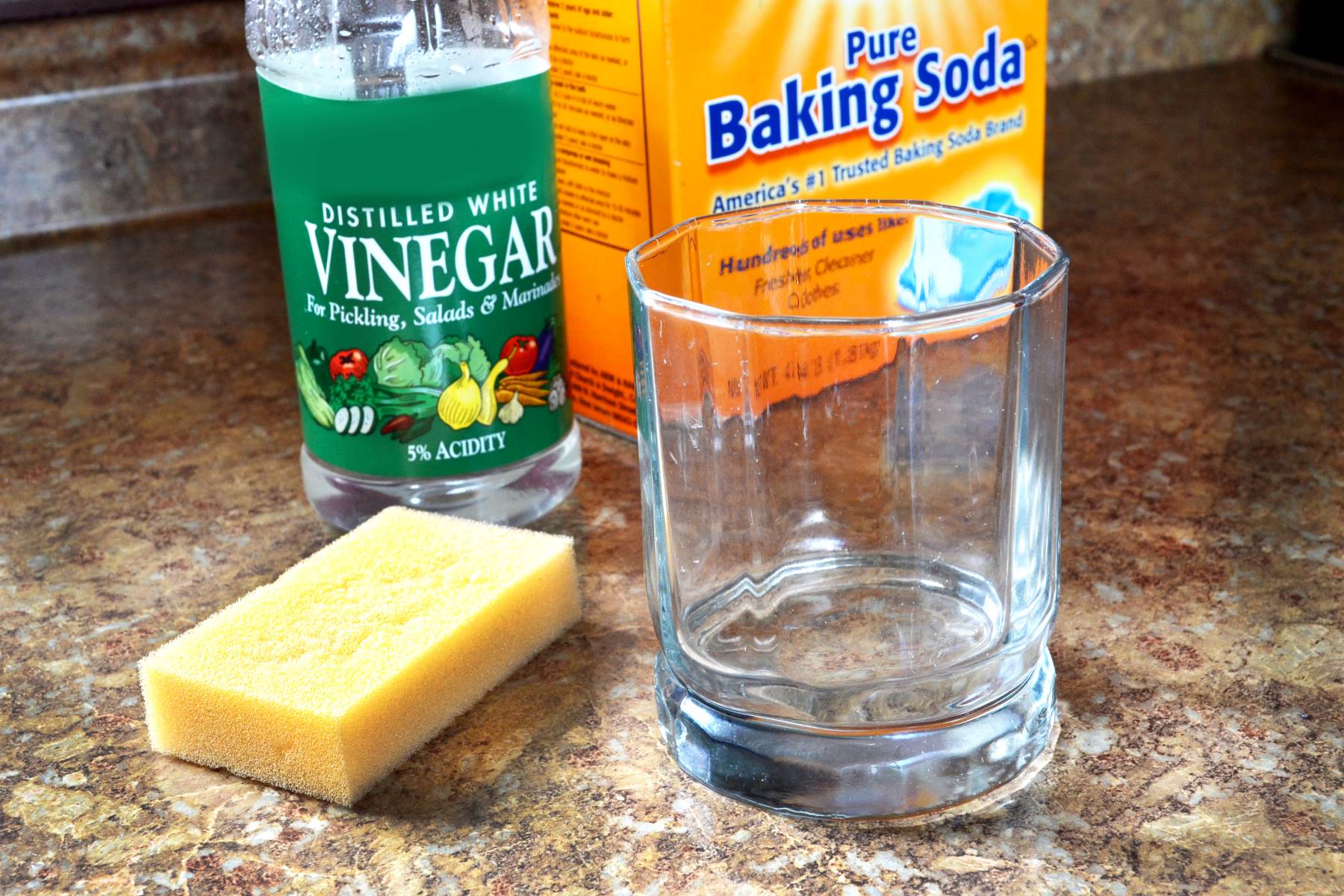
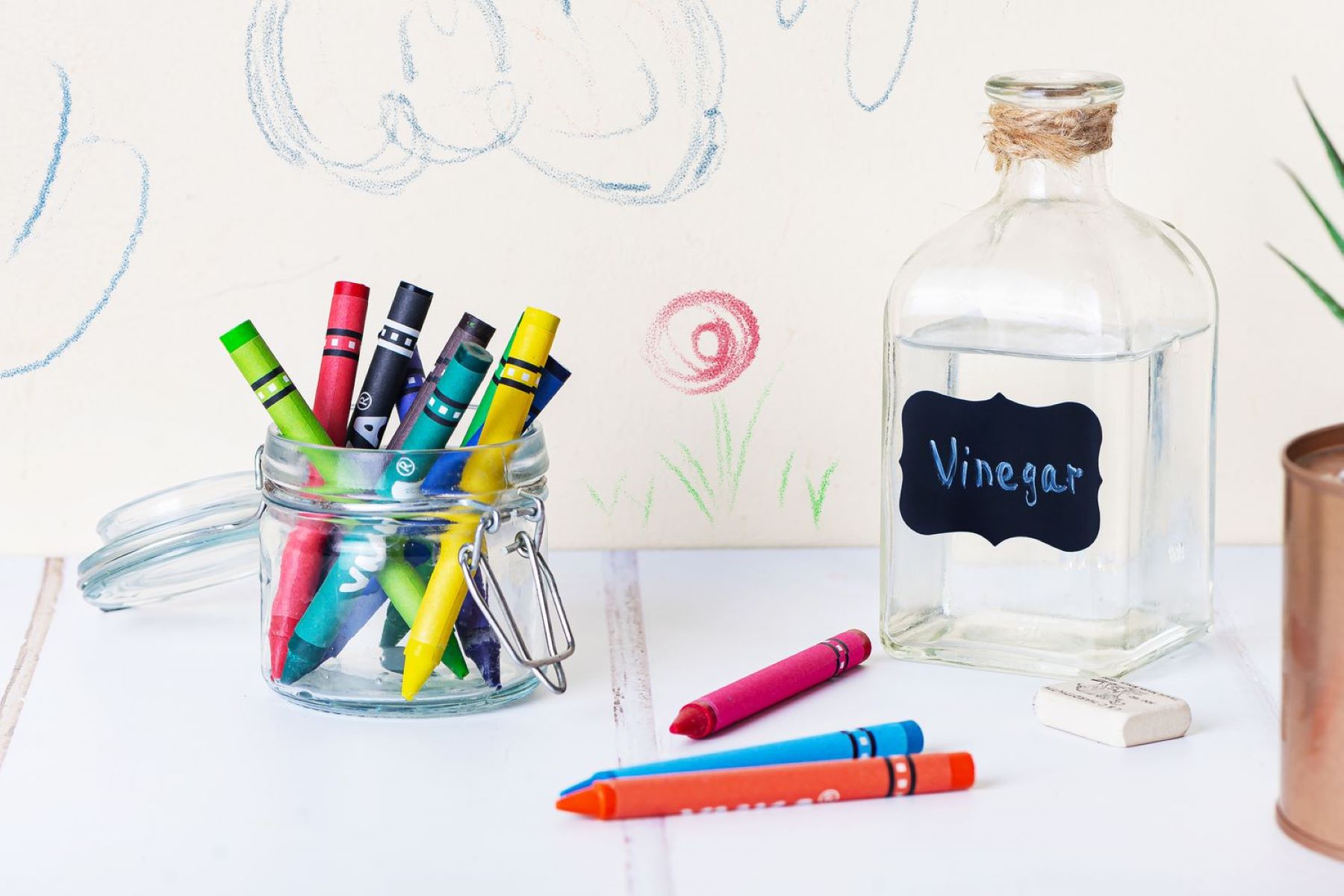
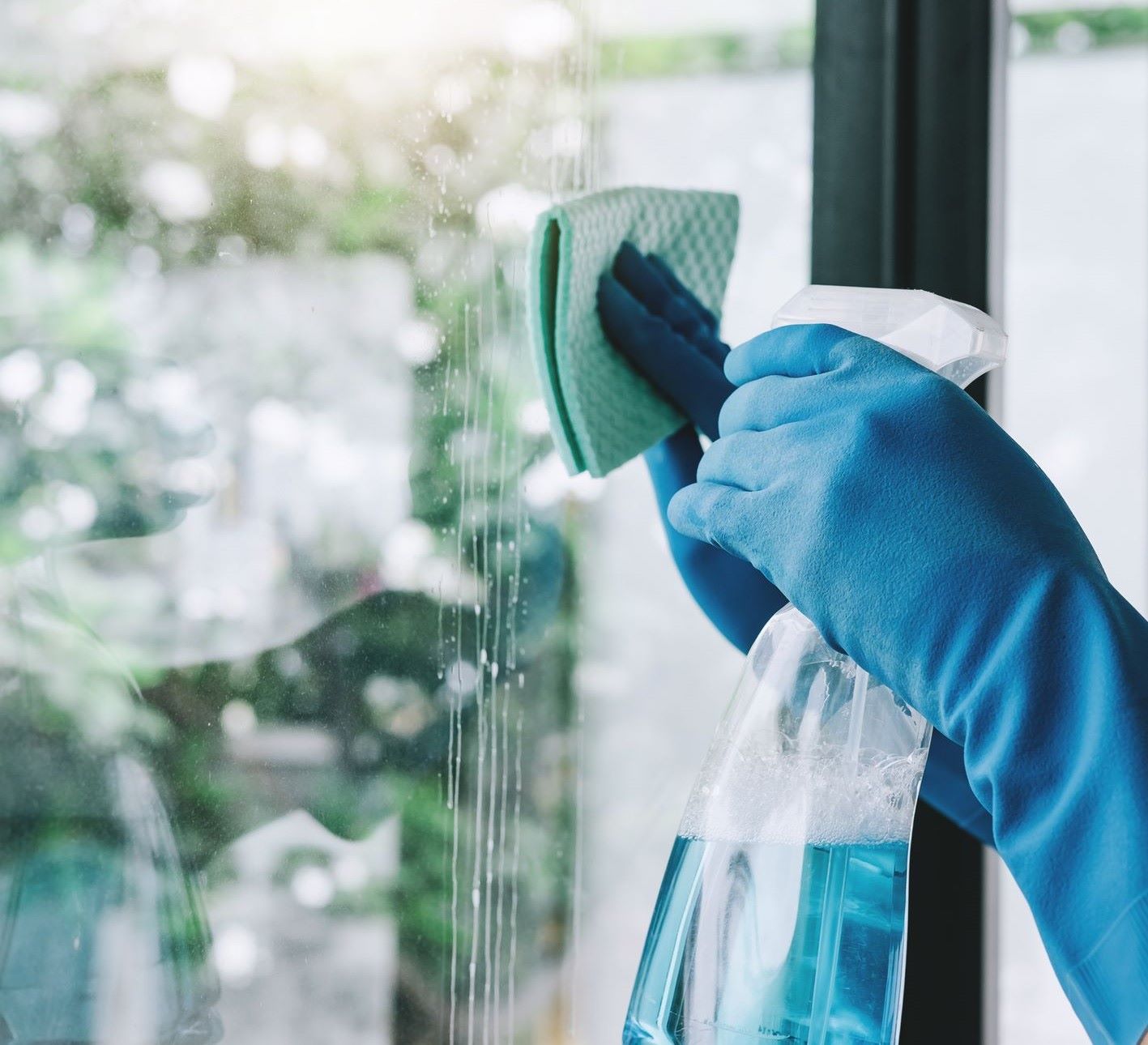
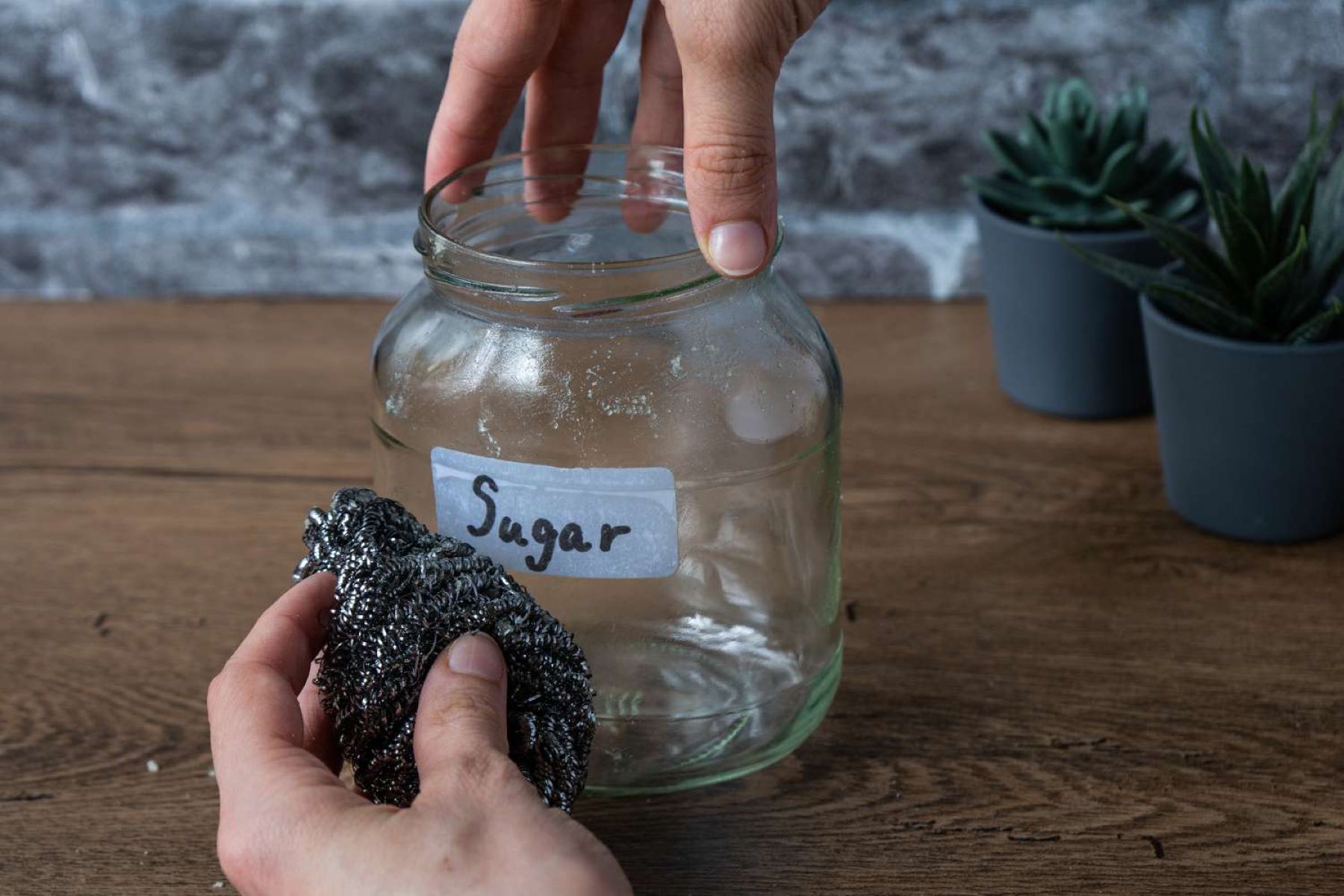

0 thoughts on “How To Get Soap Scum Off Glass”